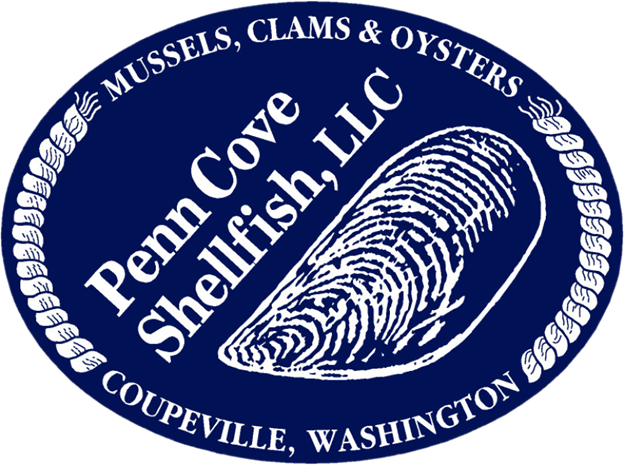Our oyster farming
Oyster farming is labor of love that we’ve been following for years. Naturally, oysters filter and clean our waters, improving overall marine health by removing excess nutrients and supporting biodiversity. By farming oysters under sustainable practices, not only can we provide a great tasting shellfish, but we can also support a healthier future for our waters.
Oysters have been farmed since Roman times, and in many areas things are done much the same as they were back then. However, there has been quite a leap in farming methods which has allowed oysters to be farmed in many areas much more efficiently or in areas where it wouldn’t have been possible before. Let us dive into the main oyster growing methods we follow at Penn Cove Shellfish
On Bottom Culture
Oysters are grown on the grounds of intertidal regions, feeding on the plankton available in the incoming tide. These areas are usually gravel or hard packed sand beaches.
Tumbled Culture
This method may vary between suspended tray culture or lantern net culture. The purpose of this method is to allow for growing oysters in deeper, sub tidal waters. The oysters are placed in trays or nets which are suspended from floats or sub-tidal longlines so they can hang below the surface of the water 24 hours per day allowing for the oysters to grow very fast.
Long Line Culture
This is another suspension method where adult oyster shells with baby oysters set on them and are then inserted into the lines of a rope. The shells are spaced out every foot or two along rope. The rope is then stretched along the ground in the intertidal region at low tide and supported about a foot above the ground with pegs. The end result is that the entire length of rope and shell is suspended above the natural bed. This allows the oysters to grow strong and receive food as the tide comes in and out.




